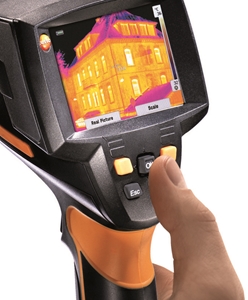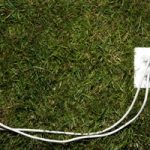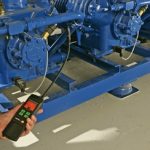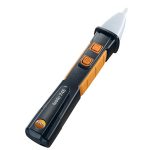The thermal imaging market has gone through a number of substantial changes in recent years. When the technology was first released onto the main market, very few businesses understood the connection between its purpose and using it on a regular basis.
However, many industries have since developed new ways of using thermal imagers and they’re now a mainstay device for any electrical or building professional. A series of myths, however, are preventing widespread market adoption.
Here are four common thermal imaging myths:
1) Thermal imaging cameras are too expensive for what they offer.
This might have been true when they were first released on the market, but they’re are now a reasonable investment that can actually make money in the long term.
An affordable thermal imager will only cost around $1,600 with the more expensive models heading towards the $10,000 mark. For any sized business, an imager is a useful investment for detecting leakages, localising cold bridges or even visualising overheated connections.
2) Thermal imagers can’t be used during the day
Thermal imagers rely on heat that is given off an object or structure. They don’t need a light source as the cameras can only see heat as it radiates off.
A thermal imager is as efficient during night time hours as it is during the day.
3) Thermal imaging cameras can see through exterior walls into houses
This myth is completely false. As discussed earlier, the camera can’t see into houses as the camera will pick up the home’s exterior heat map first.
Some thermal imagers can’t see through glass either as that itself radiates heat and will be visible on the camera.
4) Maintenance and batteries are very expensive
Taking care of your thermal imager is relatively easy. Many come with a high-quality transport case that can protect your imager when it is not is use.
Thermal images can run off simple rechargeable batteries for extended operating time. Using a charging station will ensure your imager will never go flat.









 Reduce cooking oil costs while ensuring quality
Reduce cooking oil costs while ensuring quality Expert knowledge on CO2 monitoring
Expert knowledge on CO2 monitoring Refrigeration knowledge - in 3 modules
Refrigeration knowledge - in 3 modules



